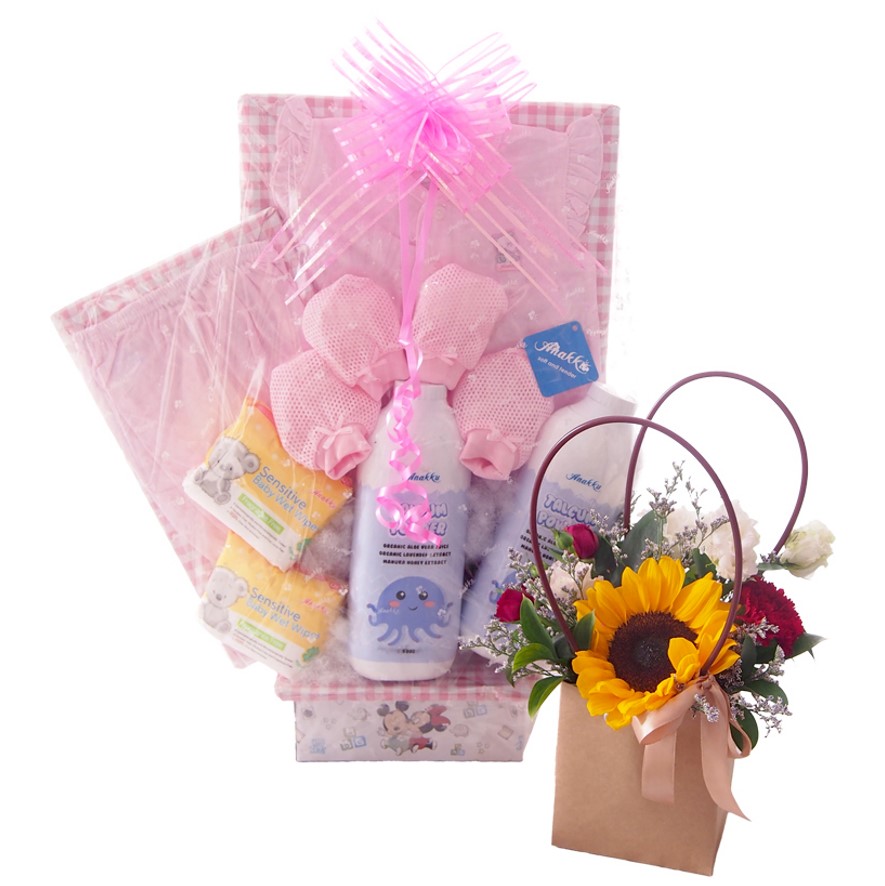Choosing a baby gift hamper can feel like navigating a maze of crumbs, especially when the tiny recipient has gluten intolerance. You want to give something that delights the senses, comforts the tummy, and keeps the parents at ease. This guide will walk you through the essential steps—from spotting the right ingredients to selecting a supplier that cares about clean labels—so you can assemble a hamper that’s both thoughtful and safe.
Understanding Gluten Intolerance in Babies
Before you dive into the aisles of baby goods, it’s useful to grasp why gluten can be a big deal for the littlest ones.
Signs That a Baby May Be Gluten Sensitive
- Digestive upset: frequent gas, bloating, or loose stools after eating wheat‑based foods. Skin reactions: eczema flare‑ups or rashes that appear after a new food introduction. Growth concerns: a slower weight gain curve that may be linked to poor nutrient absorption.
These clues are subtle, so if a parent mentions gluten sensitivity, treat it as a top‑priority cue. “Health is the greatest gift,” says Dr. L. Hernandez, pediatric allergist, “and for some infants, that gift comes from a clean diet.”
Why It Matters in a Gift Hamper
A gluten‑intolerant baby’s immune system is still learning to differentiate friend from foe. A single accidental exposure can trigger a cascade of discomfort. That’s why every item in the hamper must be vetted for hidden wheat, barley, or rye.
Key Ingredients to Look For
The heart of a safe hamper lies in its contents. Think of it as a culinary treasure chest that only contains gluten‑free gems.
Gluten‑Free Staples
- Rice‑based cereals: look for brands that list rice or oats as the sole grain. Gluten‑free snacks: puffed rice crackers, corn chips, or potato sticks. Nut‑free options: for parents who are wary of both gluten and nuts, opt for seed‑based snacks like sunflower seed crisps.
Safe Snacks and Treats
- Fruit purees: ensure no added wheat‑derived thickeners. Organic baby bars: many are now labeled “gluten‑free” and free from cross‑contamination. Dairy alternatives: lactose‑free or oat‑based milks that are naturally gluten‑free.
Labeling and Certifications
- Certified gluten‑free: look for the “GF” seal or a reputable certification like the Celiac Society. Ingredient transparency: a clear list that shows no wheat, barley, or rye derivatives. Batch‑specific warnings: some manufacturers provide batch‑by‑batch allergen information.
Designing the Hamper Layout
A well‑structured hamper is as comforting as a lullaby. Presentation matters because it reassures the parent that the gift is curated with care.
Packaging That Protects
- Sealed compartments: use zip‑lock bags or small resealable containers to keep items separate. Allergen‑free lining: choose a lining that’s free from cross‑contamination risk, such as a clean cotton cloth. Durable outer shell: a sturdy wooden or bamboo box offers both style and protection.
Allergen Separation
- Color coding: assign a color to gluten‑free items and another for general baby goods. A simple red‑label sticker can keep the line of sight clear. Clear labeling: each compartment should have a small tag that reads “Gluten‑Free” or “Safe for Sensitive Tummies.”
Presentation That Pleases
- Aromatic touches: add a sachet of dried chamomile or a small jar of unsweetened honey (if age‑appropriate) to bring a subtle fragrance. Handwritten note: a tiny card that says, “Enjoy a safe snack adventure!” adds a personal flourish.
Choosing the Right Supplier
Even the most thoughtful list can fall flat if the source isn’t reliable. Think of the supplier as the gatekeeper of safety.
Certifications to Verify
- Food safety standards: ISO 22000 or HACCP certification indicates rigorous quality control. Allergen management: a documented allergen control plan shows the supplier knows how to prevent cross‑contamination.
Sourcing Transparency
- Farm‑to‑table: suppliers that disclose where their ingredients come from provide peace of mind. Local vs. international: local producers often have shorter supply chains, reducing the risk of mislabeled ingredients.
Customer Service and Returns
- Responsive support: a supplier that answers questions quickly is a sign of professionalism. Return policy: if an item turns out to be mislabeled, a flexible return or exchange policy is a lifesaver.
Personal Touches and Extras
A hamper that feels custom-made can turn a simple gift into a cherished memory.

Custom Messages
- Hand‑written card: a brief note of congratulations or a warm birthday wish. Printed label: a small label with the baby’s name and a gluten‑free icon adds a touch of personalization.
Safe Toys and Accessories
- Soft plush: ensure it’s made from hypoallergenic materials. Teething rings: opt for silicone or natural wood, free from dyes that could trigger sensitivities. Books: picture books with sturdy pages are always a hit and add an educational element.
Final Checklist Before Sending
A quick run‑through guarantees nothing slips Click here through the cracks.
- ✅ All items labeled “gluten‑free” or “certified gluten‑free.” ✅ Separate compartments with clear labeling. ✅ Supplier has verified food safety and allergen control certifications. ✅ Personal note or card included. ✅ Packaging is sturdy and allergen‑safe.
The Perfect Gift Awaits
Now that you’ve assembled a hamper that balances safety, delight, and style, it’s ready to be presented. Think of it as a safe harbor for a gluten‑intolerant baby—an oasis where every bite is a promise of well‑being. When the parents open the box, they’ll feel the weight lift off their shoulders, knowing they’ve received a gift that cares as much about health as it does about happiness.
Remember, the best gifts are those that nurture both body and soul. By following these https://blogfreely.net/kinoelaqcg/when-should-i-consider-a-baby-gift-basket-for-a-family-with-multiple-children steps, you’ve turned a simple hamper into a thoughtful statement: “We’ve taken the time to ensure every crumb is safe.” Send it with confidence, and watch the smiles bloom.
